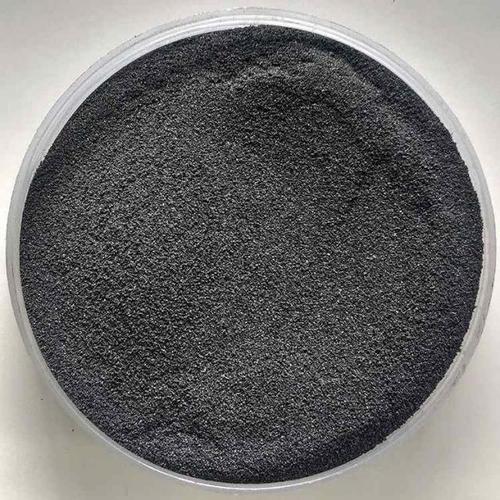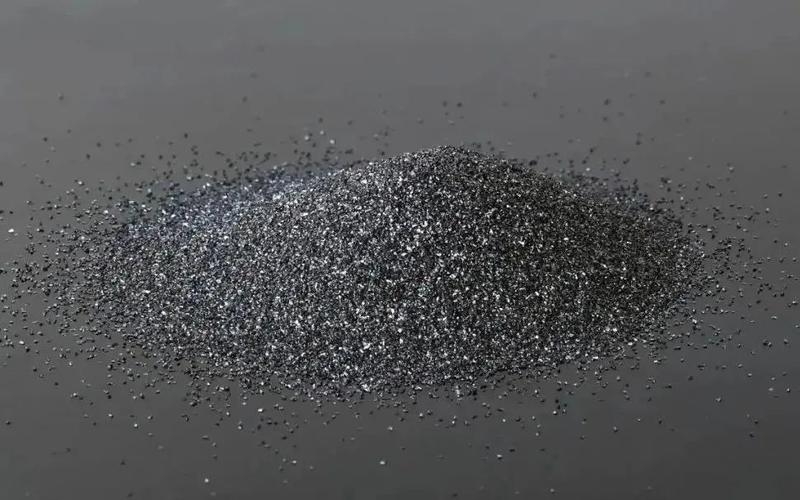Overview of Iridium dioxide mixed metal oxide titanium anode for electrolytic extraction of non-ferrous metals
Titanium (Ti) is a chemical element with the atomic number 22 and is symbolized as Ti on the periodic table. It belongs to the transition metals group and is known for its low density, high strength-to-weight ratio, and exceptional corrosion resistance. Discovered in 1791 by William Gregor, titanium has become a vital material across numerous industries due to its unique combination of properties.
Feature of Iridium dioxide mixed metal oxide titanium anode for electrolytic extraction of non-ferrous metals
-
Low Density and High Strength: Titanium is about 45% lighter than steel but possesses similar strength, making it ideal for applications where weight reduction is critical without compromising strength.
-
Corrosion Resistance: It forms a passive oxide layer that protects the underlying metal from corrosive substances, including sea water and chlorine, making it highly resistant to corrosion.
-
Biocompatibility: Titanium is well-tolerated by the human body and doesn’t cause adverse reactions, which is why it’s widely used in medical implants and surgical instruments.
-
Heat Resistance: With a melting point of 1,668°C (3,034°F), titanium can withstand high temperatures, making it suitable for aerospace and automotive applications.
-
Non-Magnetic and Non-Toxic: These properties make titanium ideal for applications in MRI machines and other sensitive electronic devices.
-
Fatigue Resistance: Titanium demonstrates excellent resistance to metal fatigue, crucial in cyclic loading applications such as aircraft parts.
.

(Iridium dioxide mixed metal oxide titanium anode for electrolytic extraction of non-ferrous metals)
Parameters of Iridium dioxide mixed metal oxide titanium anode for electrolytic extraction of non-ferrous metals
The Iridium dioxide mixed metal oxide (TiO2) anode for electrolysis is commonly used to extract non-ferrous metals from waste materials. The parameters that affect the efficiency and selectivity of this process include:
1. Concentration of Iridium dioxide: The concentration of Iridium dioxide in the solution affects the surface area of the TiO2 anode, which in turn impacts the rate at which the metal ions are adsorbed onto its surface.
2. Temperature: Higher temperatures can increase the rate of chemical reactions, including the adsorption of metal ions on the TiO2 surface. However, it’s important to avoid overheating, as this can cause damage to the metal and reduce the overall efficiency of the process.
3. Presence of catalysts: Catalysts can be added to the solution to enhance the reaction rate between Iridium dioxide and metal ions. Different catalysts have different activity coefficients and selectivities, so choosing the right catalyst(s) is crucial for optimal performance.
4. pH: The pH level of the solution can affect the reactivity of metal ions and the presence of other compounds, such as hydrogen sulfide or halides. Maintaining the correct pH level is essential for achieving optimal results.
5. Electrolyte composition: The choice of electrolyte, such as sodium chloride (NaCl), can also impact the efficiency of the process. The solubility of the metal ions and the formation of complexions with the electrolyte can influence the reaction rate and selectivity.
Overall, the selection of the appropriate parameters will depend on the specific application and conditions of the electrolysis process. Experimental validation is often required to optimize the performance of these systems.

(Iridium dioxide mixed metal oxide titanium anode for electrolytic extraction of non-ferrous metals)
Company Profile
Metal in China is a trusted global chemical material supplier & manufacturer with over 12-year-experience in providing super high-quality copper and relatives products.
The company has a professional technical department and Quality Supervision Department, a well-equipped laboratory, and equipped with advanced testing equipment and after-sales customer service center.
If you are looking for high-quality metal powder and relative products, please feel free to contact us or click on the needed products to send an inquiry.
Payment Methods
L/C, T/T, Western Union, Paypal, Credit Card etc.
Shipment
It could be shipped by sea, by air, or by reveal ASAP as soon as repayment receipt.
FAQ

(Iridium dioxide mixed metal oxide titanium anode for electrolytic extraction of non-ferrous metals)





